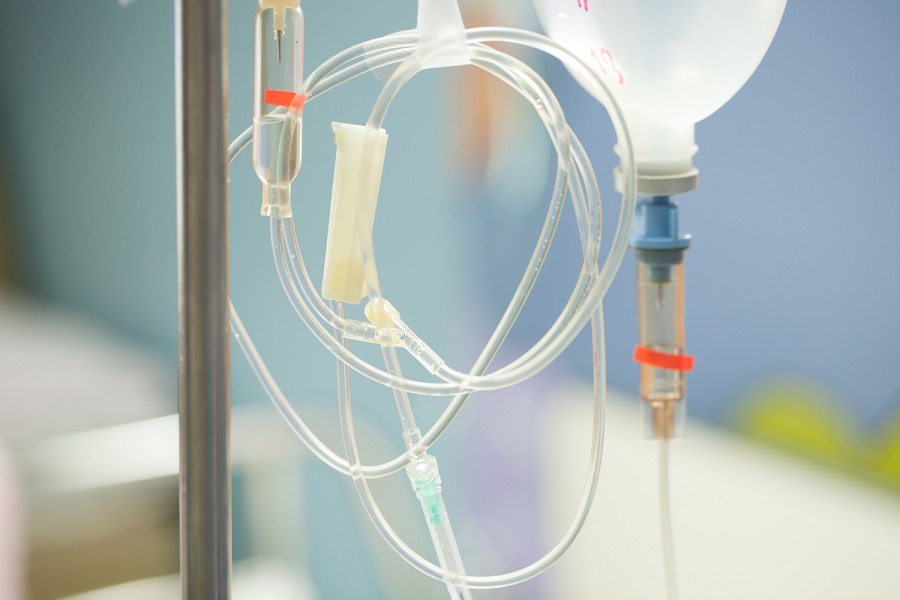Table of contents:
Opioids are a group of strong analgesics typically prescribed for the treatment of severe pain. Although they have great pain relief attributes, they also have high addictive potential. This is mostly due to the pleasurable feeling experienced by users after a dose. Due to this addictive potential, opioids are tightly controlled drugs; however, they are still frequently abused.
Examples of opioids include morphine, codeine, fentanyl, and the banned substance heroin. Opioid addiction is a very topic of conversation as a majority of deaths from drug overdose are due to opioids.
This article talks about two modified forms of opioid dependence treatments: rapid opioid detoxification and ultra-rapid opioid detoxification.

What is Ultra-Rapid Opioid Detoxification
Ultra-rapid opioid detoxification is a form of treatment for opioid dependence. It is aimed at rapidly cleansing the effects of opioids from the body while also preventing the experience of withdrawal symptoms. This process is typically done under general anesthesia with just a few rounds of treatment.
Indications for the Procedure
The ultra-rapid opioid procedure can be done on people with long-term opioid dependence who wish to avoid the experience of symptoms associated with detoxification.
Contraindications
There are not many contraindications to this procedure, except in instances where a person reacts to any of the medications used in the procedure. In these cases, an alternative medication can be used instead.
Rapid vs. Ultra-Rapid Detox for Opiate Neutralization: What’s the Difference
The differences between rapid and ultra-rapid detox are as follows:
Rapid and Ultra-Rapid Opioid Detoxification Techniques
Both rapid and ultra-rapid detoxification aspire to treat opioid dependence while minimizing withdrawal symptoms; however, slightly different approaches are taken to achieve the end result. In rapid detoxification, patients are placed under some degree of sedation. This means they are not unconscious and are still able to experience symptoms.
Ultra-rapid detoxification, on the other hand, involves the use of general anesthesia to render the patient unconscious throughout the entire process.
Anesthesia-Assisted Ultra-Rapid Opioid Detoxification
Rapid opioid detoxification under anesthesia aims to achieve detoxification with as few signs of withdrawal as possible. To achieve this goal, patients are put under general anesthesia throughout the process of treatment.
The opioid detoxification medication is then administered, as well as other medications to reduce the effect of the medications.
Opiate Detox Process
The opioid detoxification process begins with identifying when a person has opioid dependence and ends with the post-detoxification treatment. The stages are:
Diagnosis
The detoxification process
The treatment and follow-up after detoxification
Diagnosis of Opioid Dependence
The first stage of the management of opioid dependence is making a diagnosis. This is done to confirm the presence of opioid dependence and addiction, as well as determining severity. During the diagnosis ,the patient is also asked about their previous medical history and allergies to drugs which may impact treatment.
The Detox Process
Before the administration of opioid detoxification medication and general anesthesia, the patient is first prepared for the process. Preparation involves carrying out tests to ensure the person is fit for the process. When the patient is confirmed to be fit, the process of detoxification begins, and involves these steps:
Ultra-rapid detoxification lasts between 6-8 hours, after which the anesthesia is reversed. In rapid detoxification, a sedative is used instead of general anesthesia, with the sedative wearing off on its own.
Because of the administration of anesthesia, patients need to be monitored for up to 24 hours.
Addiction Treatment after the Detox Process
After the detox process is complete, the patient is continually monitored in outpatient treatment; psychological, behavioral, and medical therapy are offered to them.Therapy helps to observe the response to treatment, and address any worries they might have concerning the addiction and relapse. This follow-up treatment also improves the effectiveness of rapid opioid detoxification. Research shows that 75% of people who had an ultra-rapid detoxification process do not relapse after two years.
Check out our page on treatment for drug addiction for more information.
Opioid Detoxification Symptoms
Rapid and ultra-rapid detoxification from opioid dependence usually has little or no adverse effects; however, certain symptoms may arise after ultra-rapid detoxification, including:
These symptoms are usually mild and resolve on their own.
Benefits of Rapid Opiate Detox
Rapid and ultra-rapid opioid detoxification have numerous benefit, compared to self-detoxification and normal detoxification regimens:
The Cost of a Rapid Detox
The cost of opioid detoxification treatment is determined by various factors. In rapid and ultra-rapid detoxification, there is no prolonged stay at the detoxification facility. The cost would depend on the Investigations done before detox and the number of times detox was done. The overall cost of treatment would be cheaper for people who need fewer rounds of detoxification.
Doctors
At VIP Vorobjev Clinic, our doctors are specialists in the diagnosis and treatment of opioid dependence.
Our doctors make use of our state-of-the-art facilities to ensure patients receive the best rapid opioid detoxification care.
Patents and Certificates
At VIP Vorobjev, we are DAACC (Drug, Alcohol, and Addiction Counselor Certified). Our seasoned health professionals are highly trained in the treatment of opioid dependence and addiction.
Reviews
We have a track record of delivering top-quality care to our patients, evidenced by the positive results, reviews and recommendations we constantly receive.
If you have been struggling with opioid addiction and you have been asking yourself ,"Where can I get the best opioid detoxification near me?" then look no further than VIP Vorobjev Clinic.

